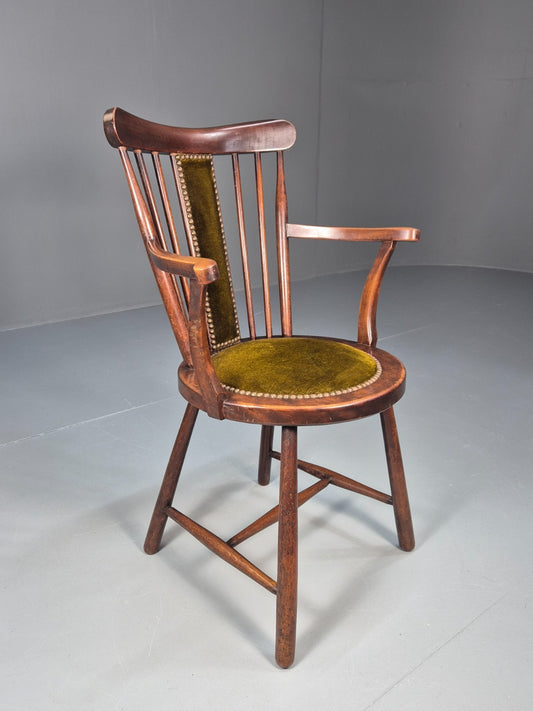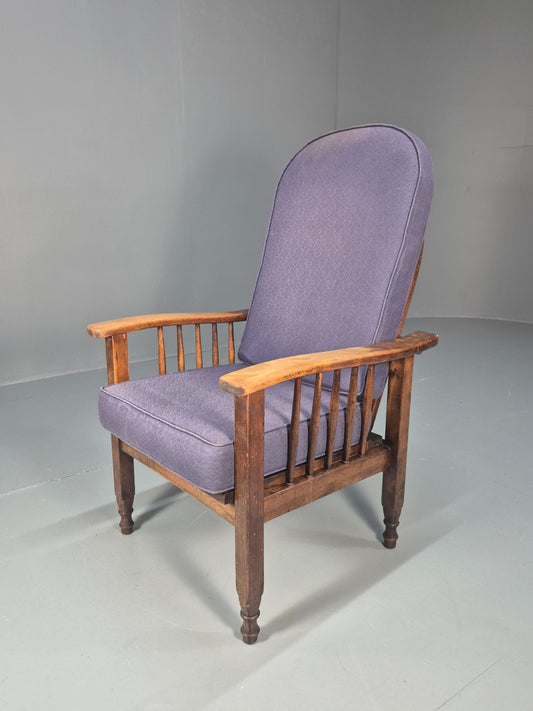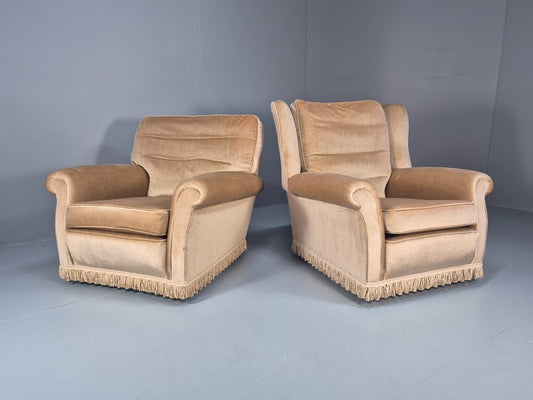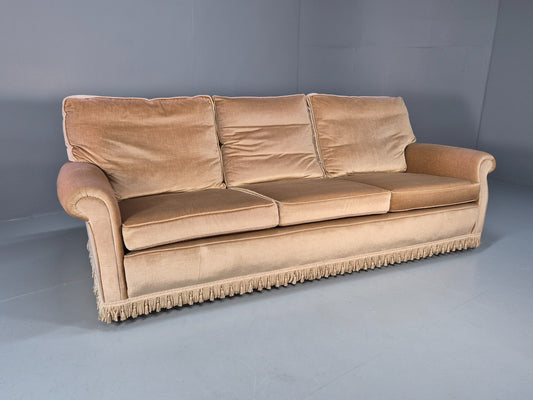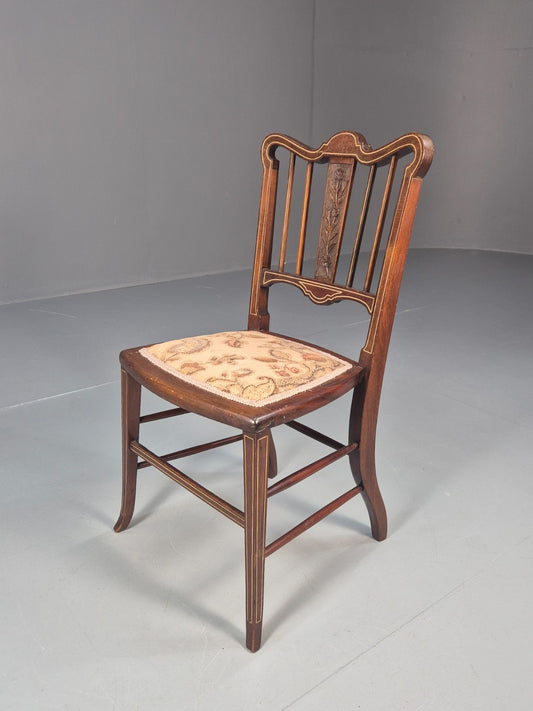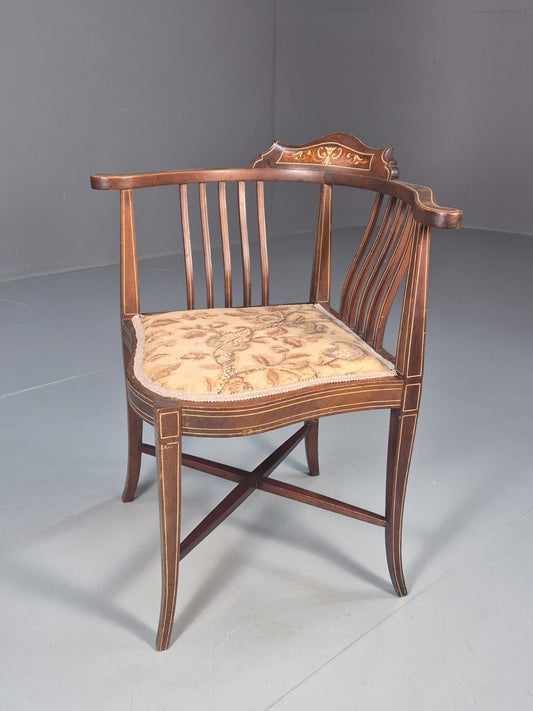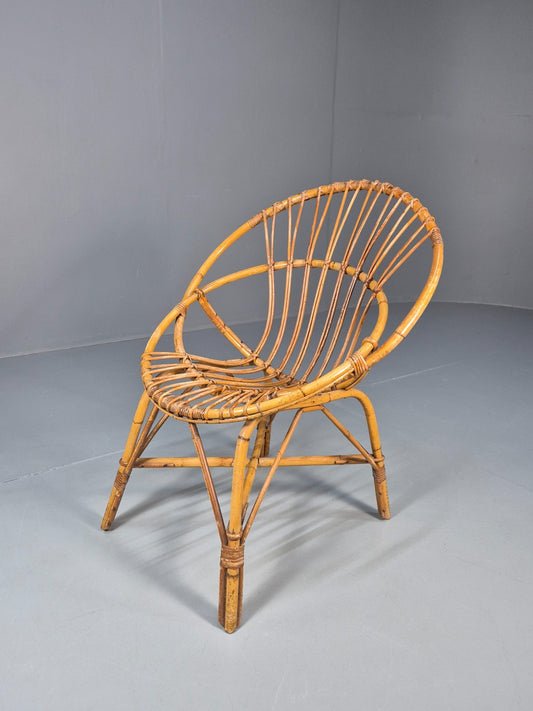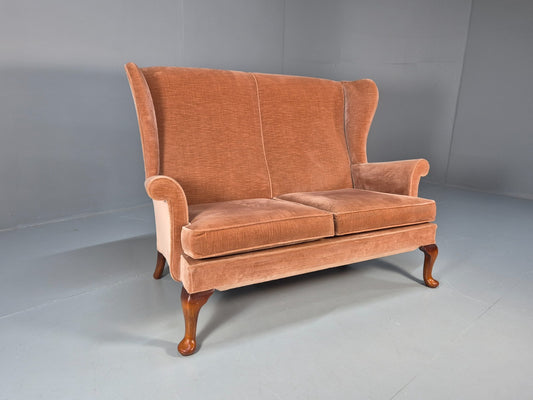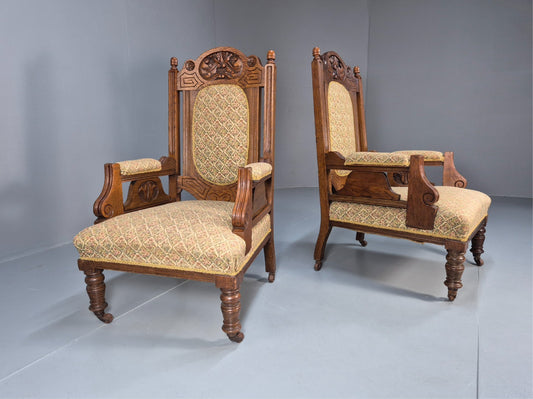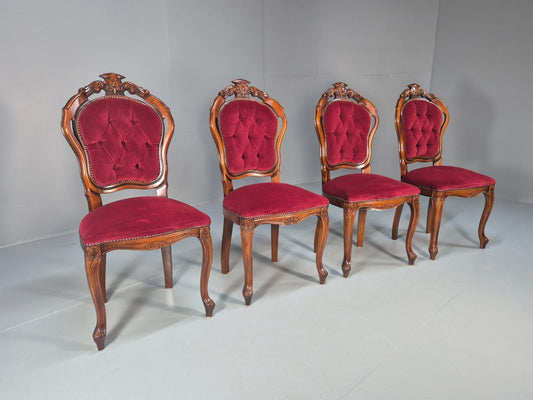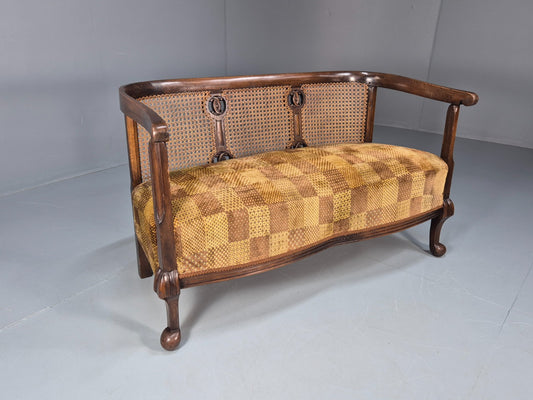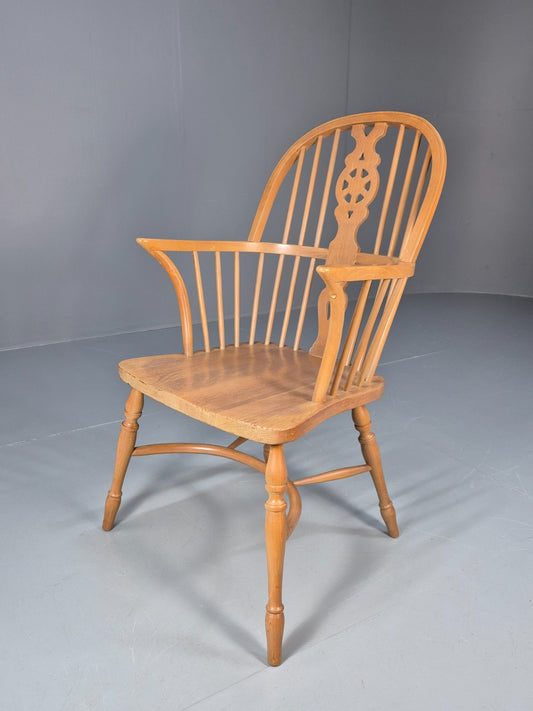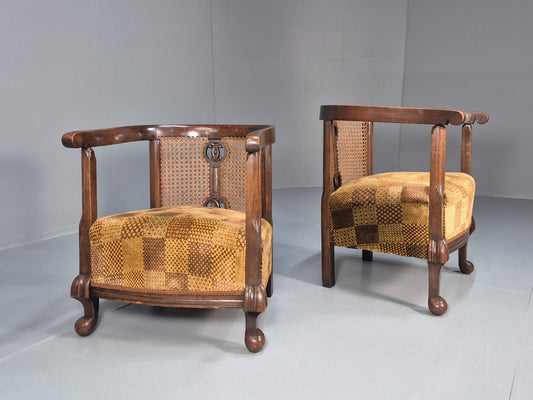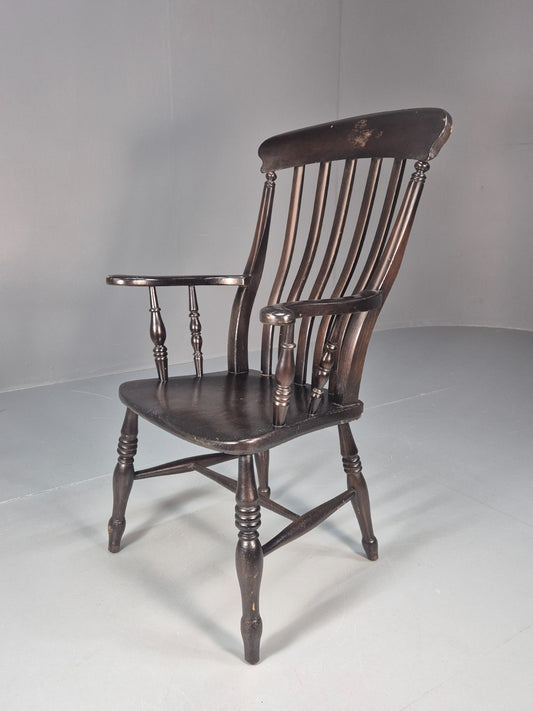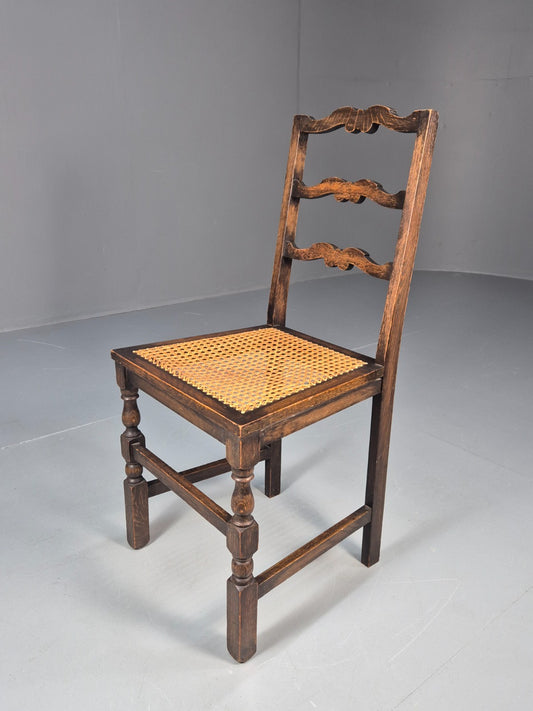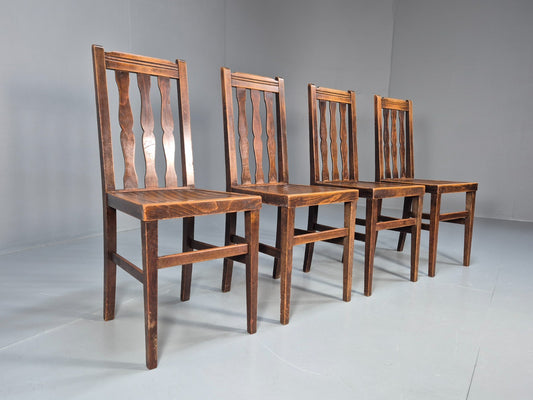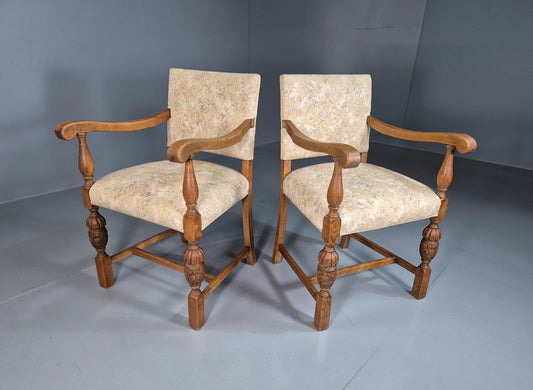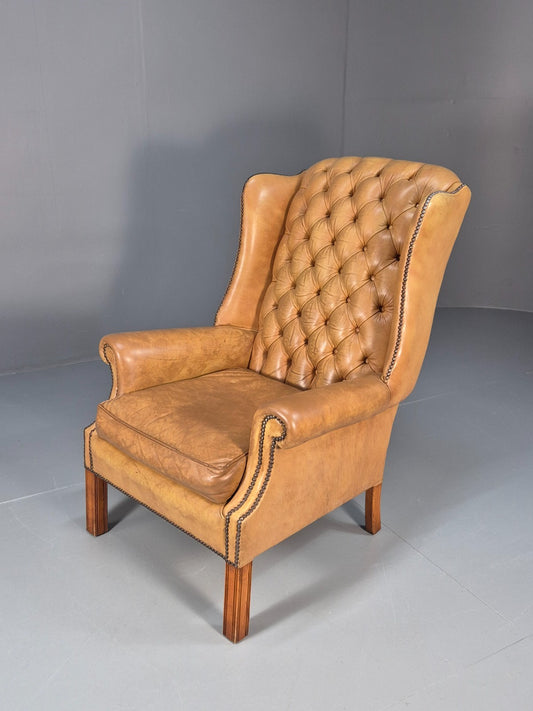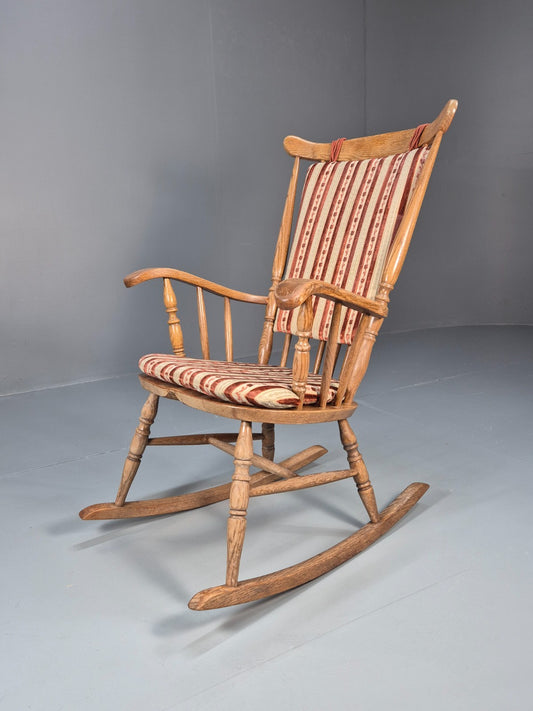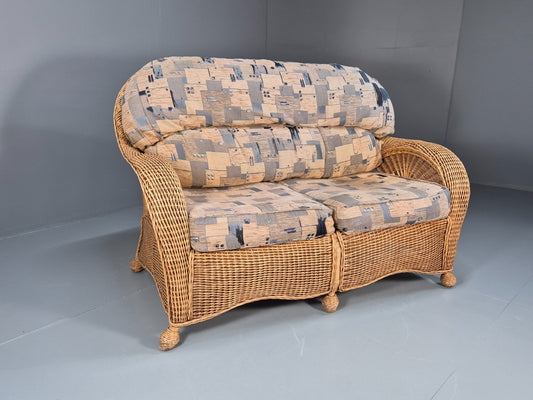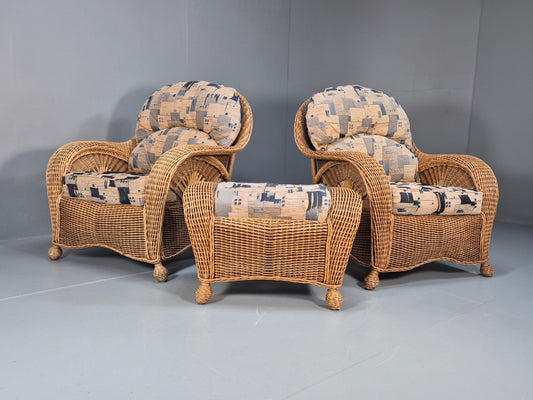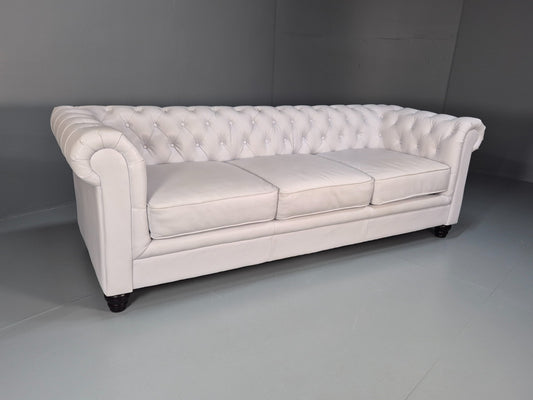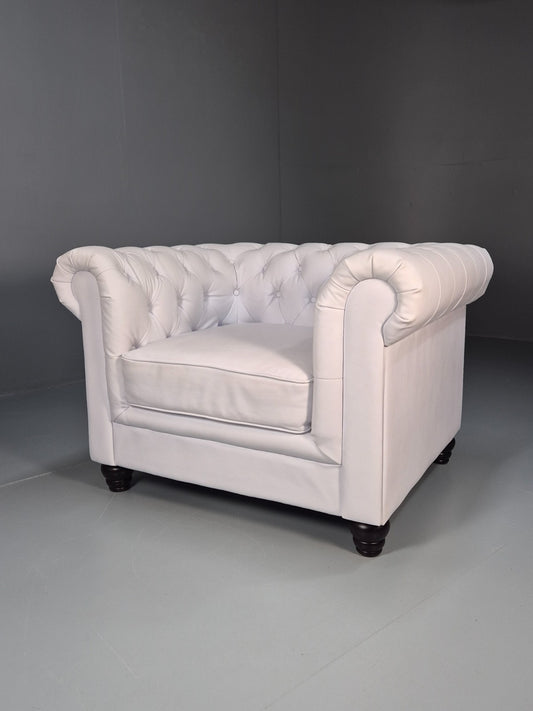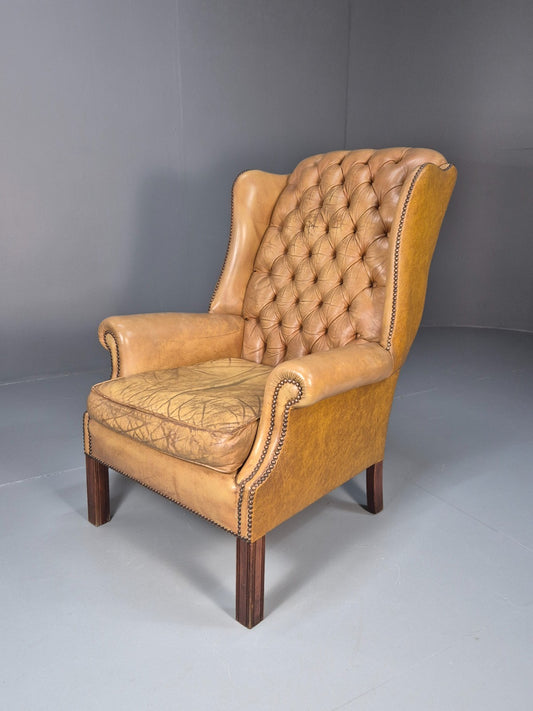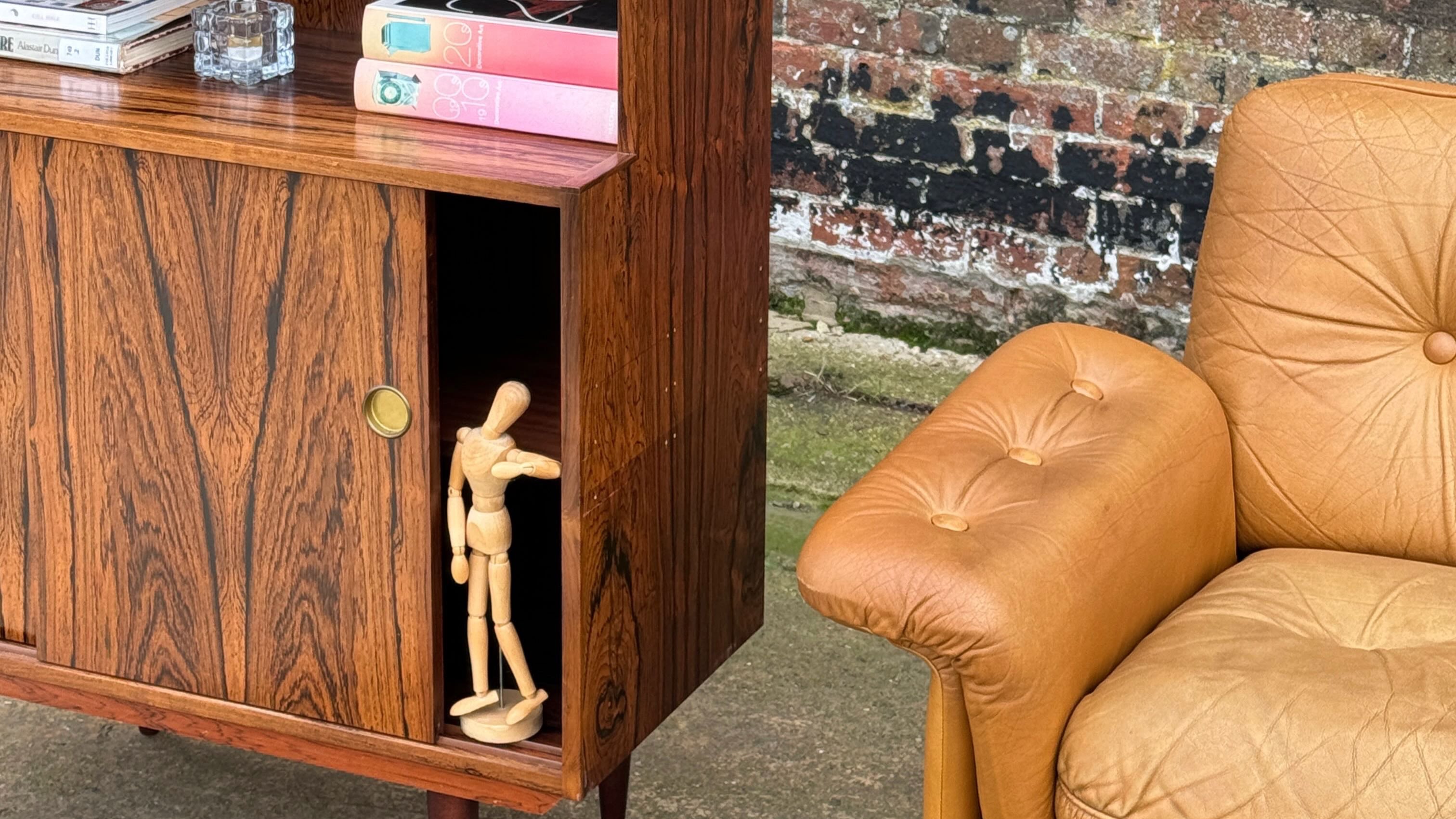
The Story of Flat Pack Furniture: Convenience Over Craft?
Flat pack furniture — we’ve all wrestled with it. You open a box with 38 screws, an Allen key and a hope that you’ll have a usable shelf by the end of the afternoon. But where did this flat-pack phenomenon come from?
Although ready-to-assemble furniture exploded in popularity thanks to IKEA in the 20th century, the concept goes back further. In 1859, the Thonet No.14 bentwood chair was designed to be disassembled and shipped worldwide. A smart idea, especially for shipping across Europe.
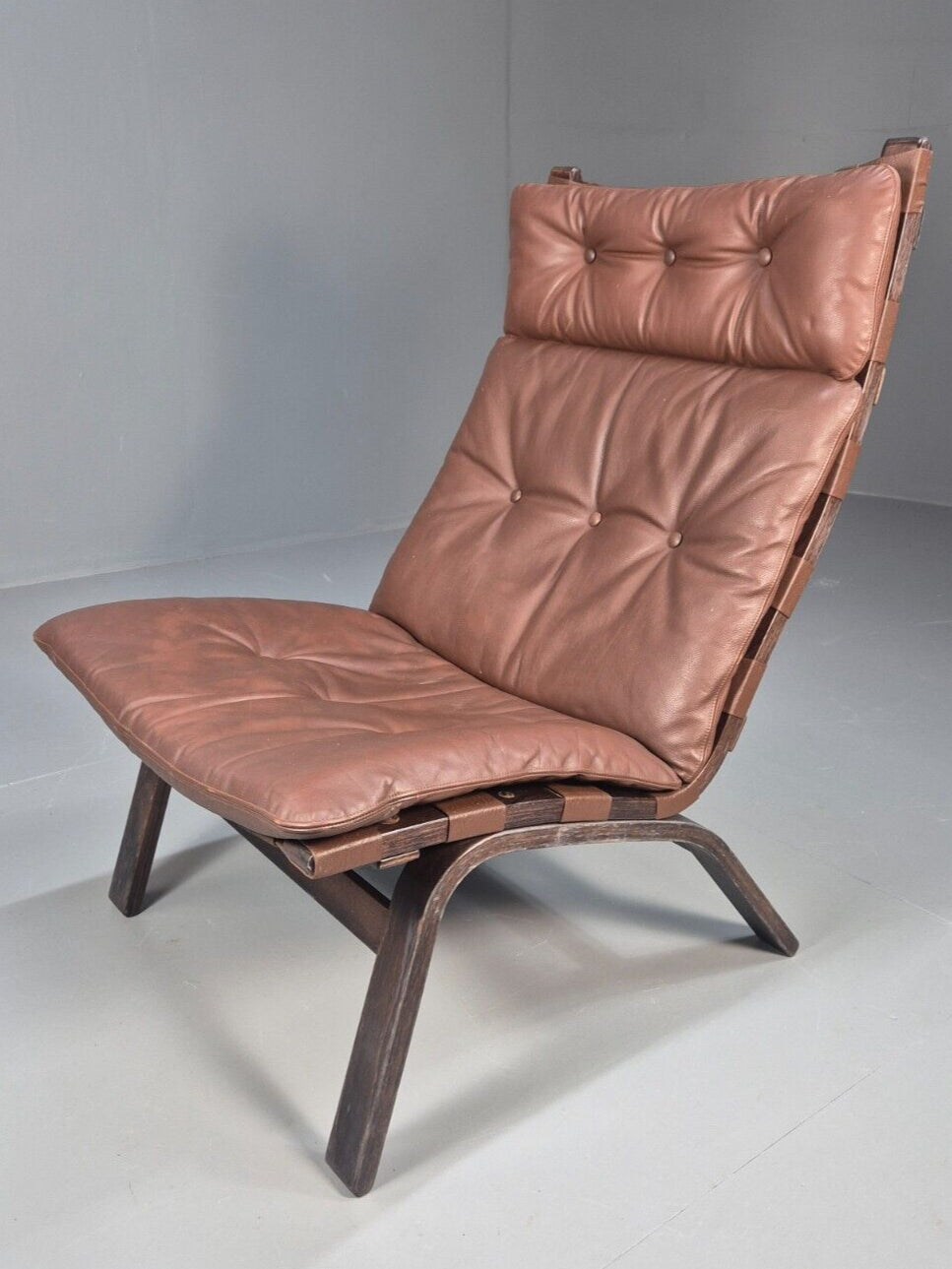
Fast forward to the 1950s, when a Swedish technician named Gillis Lundgren couldn’t fit a table into his car. So he sawed the legs off. He later pitched the idea to his boss at IKEA, and the rest is history. Flat-pack furniture allowed retailers to save on shipping and warehouse space while offering lower prices to customers.
But cheaper doesn’t always mean better.
The Pros:
- Lower cost
- Easier to transport
- Ideal for quick setups or student flats
The Cons:
- Often made from MDF or chipboard, which isn’t as durable as solid wood
- Assembly can be time-consuming and confusing
- Frequent disassembly can weaken the piece
- Not always built to last — especially when compared to vintage furniture
Today, flat pack furniture is everywhere — but its limitations are clear. Compared to solid wood pieces or mid-century furniture made from quality materials, flat-pack doesn’t always hold up. Flat-pack doesn’t last forever — but a vintage teak table might.
If you’re looking for sustainable furniture that lasts, it might be time to shop secondhand. Discover timeless craftsmanship and Shop All Products here.
Check out more Vintage products below...
-
Antique Edwardian Penny Seated Elbow Chair Green Velour EB10612 VWOO
Regular price £120.00 GBPRegular priceUnit price / per£0.00 GBPSale price £120.00 GBP -
Antique Oak Wheel Back Folding Chair Purple upholstery 1900s EB10629 VCAR
Regular price £200.00 GBPRegular priceUnit price / per£0.00 GBPSale price £200.00 GBP -
1970s Luxury Lounge Chairs Lowback and Wingback Gold Velour Retro EB10631 VCLO
Regular price £350.00 GBPRegular priceUnit price / per£0.00 GBPSale price £350.00 GBP -
1970s Gold Velour Luxury Three Seater Settee tassels Retro EB10632 V3SS
Regular price £350.00 GBPRegular priceUnit price / per£0.00 GBPSale price £350.00 GBP -
Antique Single Mahogany Chair ivorine inlay Edwardian Trevor Page EB10641 VDIN
Regular price £60.00 GBPRegular priceUnit price / per£0.00 GBPSale price £60.00 GBP -
Edwardian Inlaid Corner Chair Mahogany Boxwood and Ivorine Antique EB10642 VDIN
Regular price £175.00 GBPRegular priceUnit price / per£0.00 GBPSale price £175.00 GBP -
1950s Cane Work Circle Chair Original Condition Retro EB10643 VBER
Regular price £175.00 GBPRegular priceUnit price / per£0.00 GBPSale price £175.00 GBP -
Parker Knoll Wingback Two Seater Settee Peach Velour 1960s Retro EB10654 V2SS
Regular price £350.00 GBPRegular priceUnit price / per£0.00 GBPSale price £350.00 GBP -
2 Edwardian Carved Oak Lounge Chairs Embroidery Upholstery 1900s EB10690 VCAR
Regular price £450.00 GBPRegular priceUnit price / per£0.00 GBPSale price £450.00 GBP -
4 Rococo Saloon Chairs Vintage Reproductions Red Velour 1980s EB10691 VDIN
Regular price £300.00 GBPRegular priceUnit price / per£0.00 GBPSale price £300.00 GBP -
Art Deco Era Settee Two Seater Oak Frame `Bergere Back 1920s EB10692 VBER
Regular price £650.00 GBPRegular priceUnit price / per£0.00 GBPSale price £650.00 GBP -
Vintage Wheelback Windsor Chair Elm and Beech Twentieth Century EB10694 VDIN
Regular price £375.00 GBPRegular priceUnit price / per£0.00 GBPSale price £375.00 GBP -
Pair Art Deco Tub Chairs Bergere Back Oak Frame Brown Velour 1930s EB10696 VCAR
Regular price £650.00 GBPRegular priceUnit price / per£0.00 GBPSale price £650.00 GBP -
Victorian Grandfather Chair Lathe Back Overpainted Elm and Beech EB10697 VDIN
Regular price £175.00 GBPRegular priceUnit price / per£0.00 GBPSale price £175.00 GBP -
Vintage Oak Dining Chair Cane Seat 1930s Antique EB10700 VBER
Regular price £60.00 GBPRegular priceUnit price / per£0.00 GBPSale price £60.00 GBP -
Vintage 1920s Dining Chairs Beechwood Solid Seats Robust Unusual EB10704 VDIN
Regular price £275.00 GBPRegular priceUnit price / per£0.00 GBPSale price £275.00 GBP -
2 Antique Hall Chairs in Oak Frame and Floral Upholstery EB7362 VCAR
Regular price £375.00 GBPRegular priceUnit price / per -
Vintage Leather Wing Back Georgian Style 1970s Retro EB10457a VLEA
Regular price £325.00 GBPRegular priceUnit price / per -
Vintage Danish Country Cottage Rocking Chair Oak Frame Traditional EB10321 VCAR
Regular price £275.00 GBPRegular priceUnit price / per -
Vintage Burdekin Two Seater Rattan Settee Timeless Classic Shape EB10440 VBER
Regular price £350.00 GBPRegular priceUnit price / per -
Vintage Burdekin Rattan 2 Chairs and Footstool Set Quality Brand EB10442 VBER
Regular price £350.00 GBPRegular priceUnit price / per -
Vintage Settee in 1980s Fabric Cottage Style 1920s Retro EB10446 V3SS
Regular price £375.00 GBPRegular priceUnit price / per -
Vintage Faux Leather White Chesterfield Three Seater Retro Sofa EB10450 VCHE
Regular price £475.00 GBPRegular priceUnit price / per -
White Vinyl Vegan Leather Chesterfield Armchair Retro Club Chair EB10455 VCHE
Regular price £275.00 GBPRegular priceUnit price / per -
Vintage Leather Wingback Lounge Chair Georgian Style 1970s Retro EB10457 VLEA
Regular price £325.00 GBPRegular priceUnit price / per

